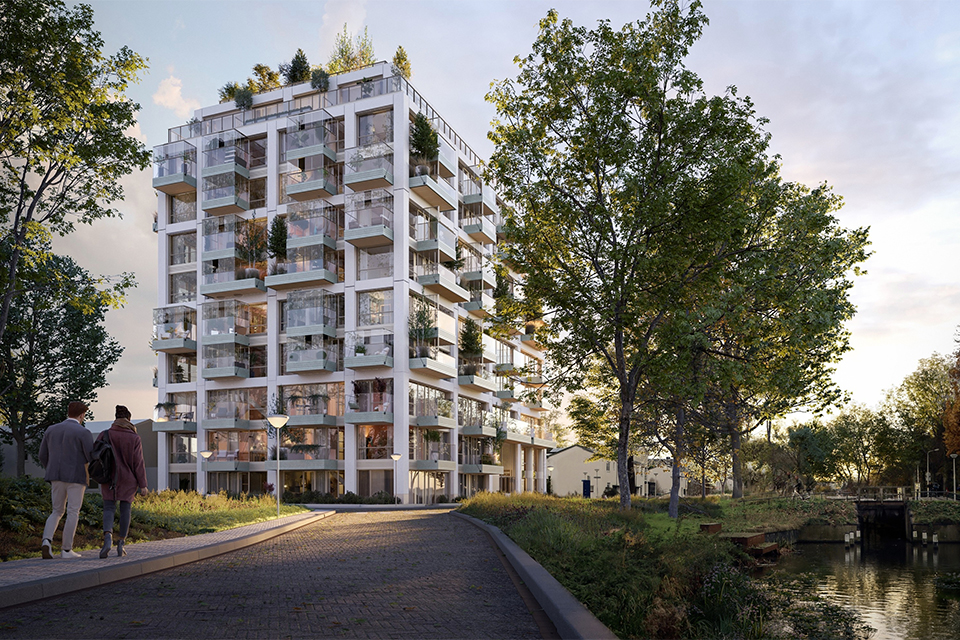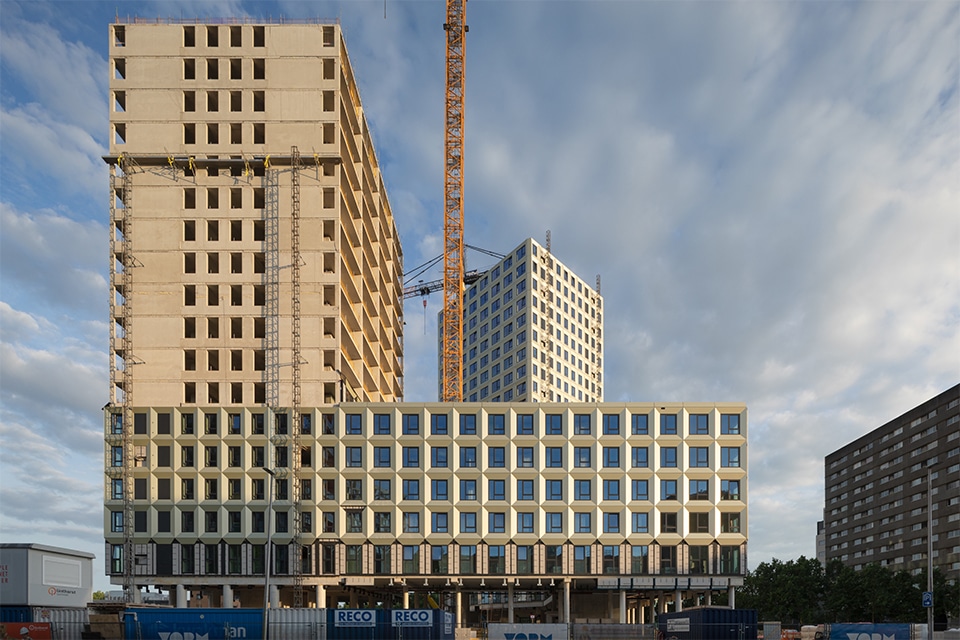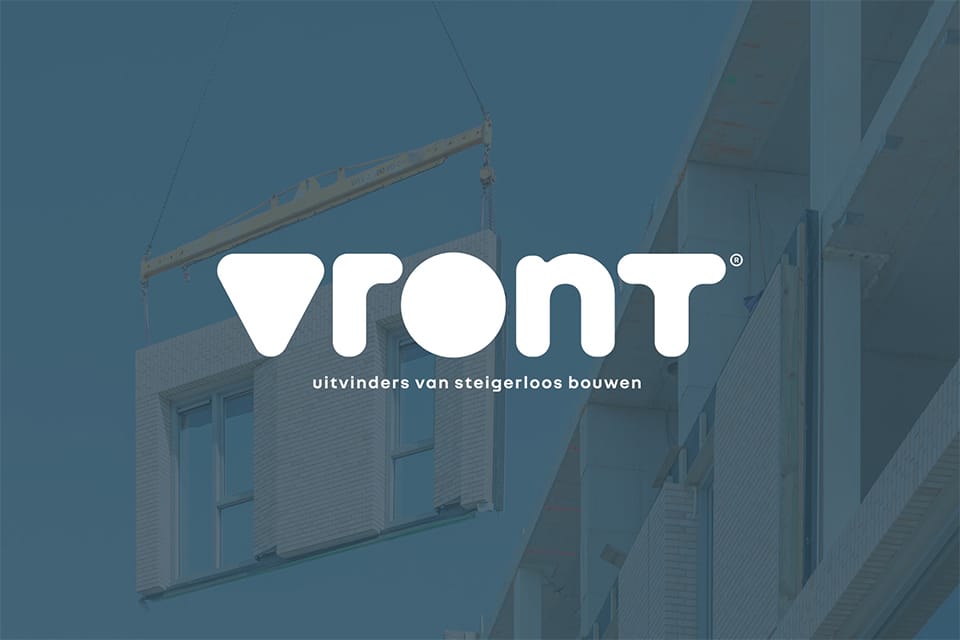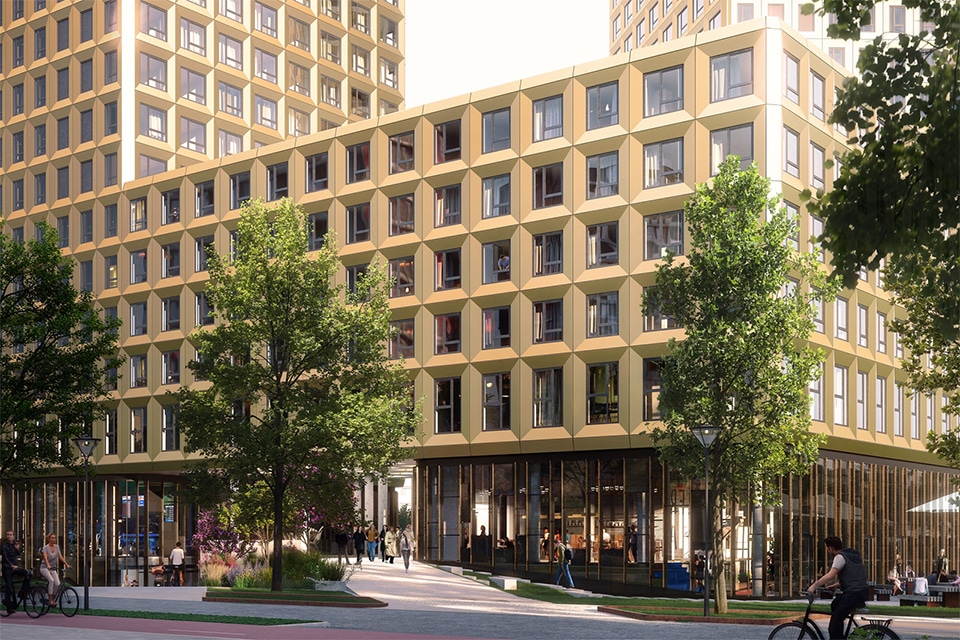
Collective Hybrid System: Limited turmoil, lots of perspective, maximum acceptance
By 2050, all homes in the Netherlands must be off gas and CO2 neutral. While new-build homes are already being built to be virtually energy neutral, the energy transition of existing construction is still lagging somewhat behind.
"Housing associations in particular see the transition of metropolitan areas, in which there is a lot of stacked (high-rise) construction, as a major task," knows Edwin Suttorp, director of Breman Woningbeheer region South-West. "In accordance with the multi-year maintenance budget (MYOB), approximately 400,000 central heating boilers must be replaced each year. But to achieve large-scale renovation at this same rate is impossible. Moreover, because living space is limited in social housing, new technologies must be fitted into very small spaces. Our Collective Hybrid System offers a solution to all these challenges."

The Collective Hybrid System was developed after an Energy Challenge by Housing Corporation Woonstad Rotterdam. Rotterdam's largest social housing provider wants to make its housing more sustainable quickly and in occupied condition and challenged market parties to work out a solution, with the highest possible CO2 reduction per invested euro. "Breman Woningbeheer has been preferred supplier to Woonstad Rotterdam for years, when it comes to the maintenance and replacement of climate installations," says Suttorp. "We therefore seized the Energy Challenge with both hands. Together with the Breman Knowledge Center for Energy Transition, we developed a no-regret concept for metropolitan stacked buildings. Itho Daalderop supplied the technologies and Breman Schoorsteentechniek designed and prefabricated custom units from A to Z, which can be mounted without restrictions on all existing architectural chimney flues in the Netherlands."

Instant and substantial savings
The Collective Hybrid System was chosen as one of the winners out of just under 40 entries. Not surprising, according to Suttorp, because although hybrid technology is not new per se, its collective application is unique. "Thanks to our system, the existing central heating boiler in the homes can be retained initially," he says. "Moreover, the homes do not necessarily need to be preserved via the trias energetica. Instead of renovating and insulating on a large scale, the housing corporation can first have one air/water heat pump installed on the roof per four homes. Thanks to the hybrid heat pump, residents can immediately and substantially save on natural gas consumption, while the addition of PV panels reduces energy bills. Because the hybrid heat pump is powered by outside air, CO2 emissions are also reduced to 65%. If at a later stage and in accordance with the MJOB insulation work is still carried out, the central heating boiler can easily be removed from the air conditioning system. From then on, the Collective Hybrid System functions standalone and all-electric."

Turmoil, Perspective and Acceptance
With the system, Breman Woningbouw is also responding to the so-called OPA law. "To create sufficient support among residents, Unrest, Perspective and Acceptance are essential," said Suttorp. "In the homes, only the radiators and fan boxes are replaced, minimizing nuisance and unrest. Moreover, no living space is lost with our system, while residents can benefit from a more pleasant and healthier living environment. This offers perspective and simplifies acceptance. As a pilot project, we have recently installed two customized units in one portico, which will be actively monitored in the coming period. Our intention is to subsequently roll out the system on a large scale. Meanwhile, we are also in talks with other corporations."



